Do cats rule us, or do we rule cats? When your fluffy friend lounges across your laptop keyboard or nibbles you on the ankle when dinner isn’t laid out fast enough, it seems like the answer is debatable, but here’s something that isn’t: owning a cat comes with responsibilities.
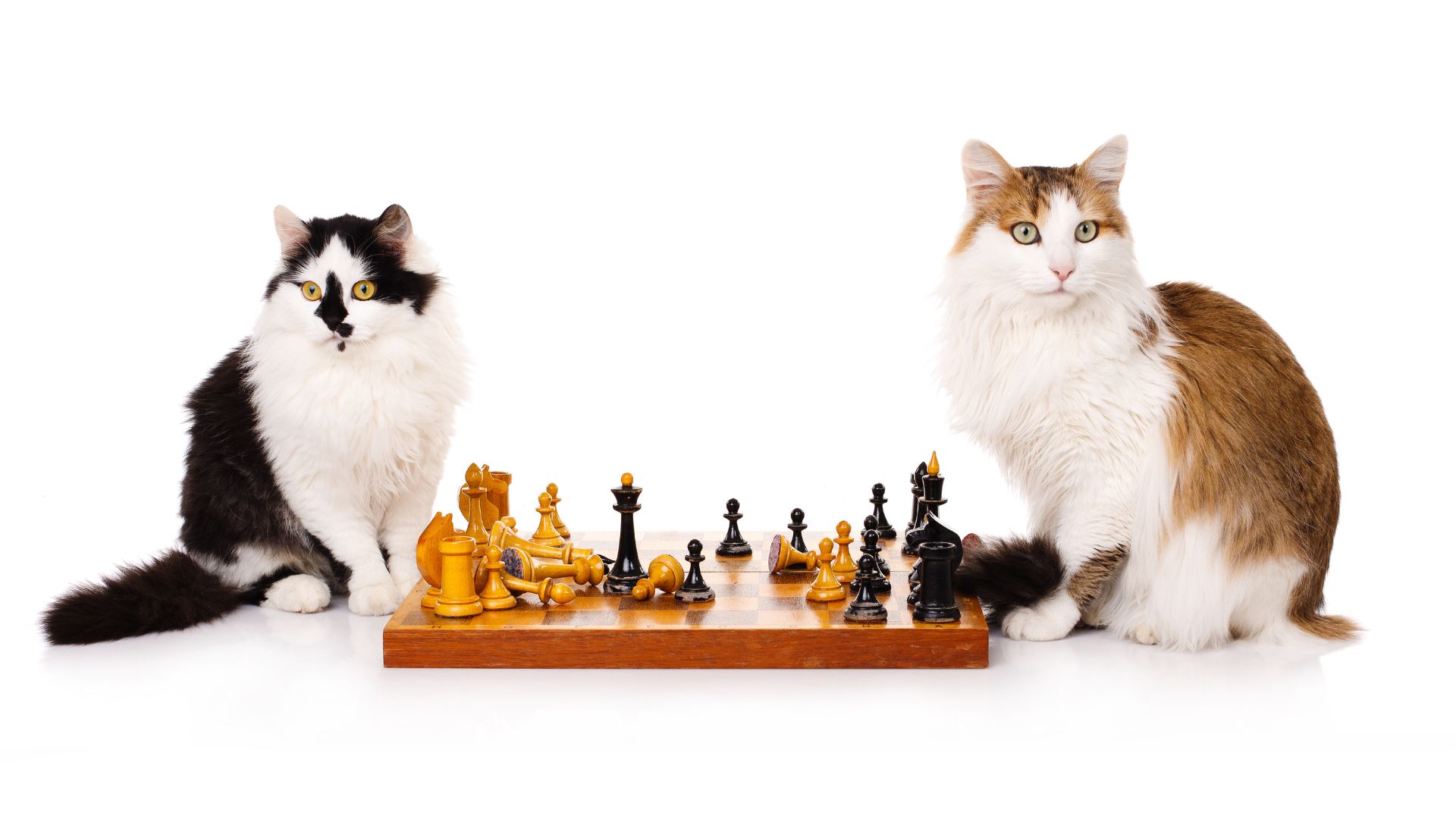
Our roaming domestic cats are hunting tens of thousands of native wildlife every year. So, how can we manage the risk our cats pose? This guide provides 5 ways to keep your pet as safe, healthy, and happy as possible, all while protecting our wildlife.
1. Keep your cats safe by switching to indoor living
Keeping cats indoors lowers their risk of injury and eliminates any chance of vehicle strike, fights with neighbouring cats, run-ins with dogs, or picking up ticks, fleas or infections, especially in busy urban environments.
It’s also the best thing you can do for our native wildlife. This won’t come as a surprise, but if you want a fail-proof way of ensuring your cat doesn’t bring anything home that it shouldn’t, this is it.
The SPCA and vets recommend ‘stay at home’ lifestyles for cats, and it’s becoming an increasingly common practice among pet owners. Australia’s capital, Canberra, introduced a law recently that any new cats will have to stay indoors, and other Aussie states are considering implementing “cat curfews.”
Whether you start early with a kitten like indoor cats for life, Sammy and Smudge, or gradually adapt your roaming cat to a new life at home, like Emily and her cat Fred, it’s possible to create a happy home for your cats. You just need a little planning, practice, and advice from the experts at the SPCA.
2. Get creative with a catio
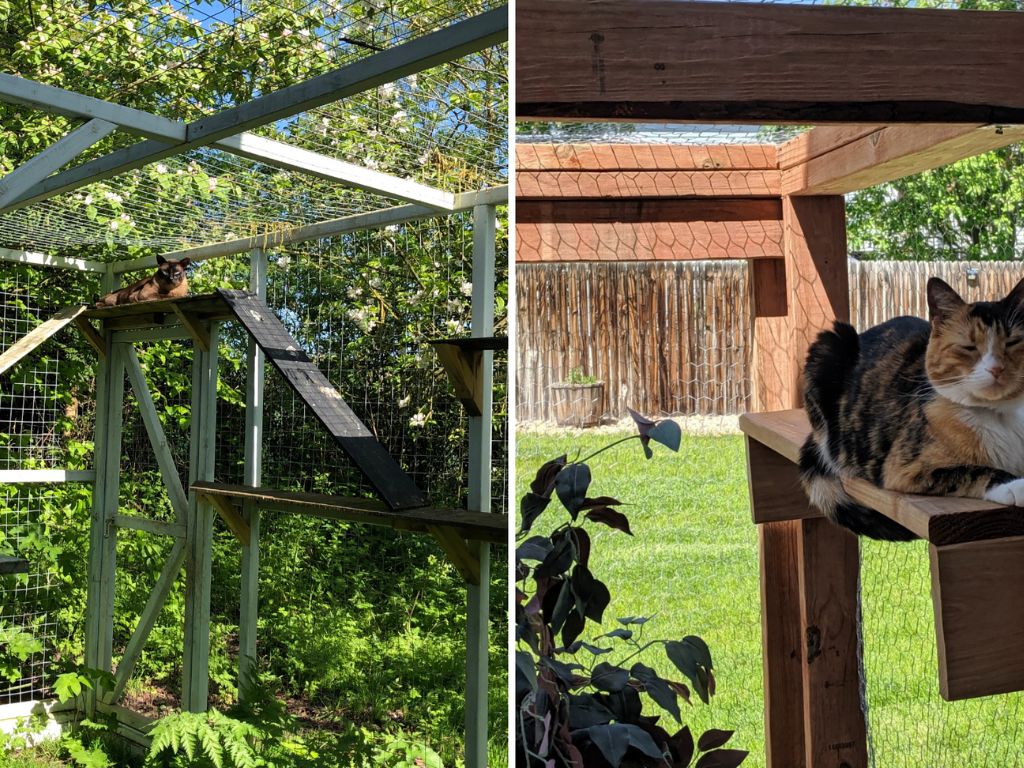
A catio is a great compromise if you don’t want to keep your cat indoors all the time. A patio for your cat – or ‘catio’ – is an outdoor enclosed area that your cat can roam, either connected to your house or separately. You can adorn it with ledges and things to climb to keep them busy while you’re out.
From PVC piping to full-on extensions, there are so many options when it comes to choosing a DIY catio plan. Check out these fun and affordable ways to design the perfect catio.
3. Indoor-outdoor flow
You have probably heard of fenced sanctuaries in New Zealand, but did you know you can recreate this idea to give your cat the best of indoor and outdoor living?
There are heaps of ideas and products to help you make your yard or garden escape-proof. If you have an existing continuous solid fence around your backyard, you can modify the top of the fence to stop your cat from climbing over. CatFence is a New Zealand company that works with cat owners to keep their pets safe and happy.
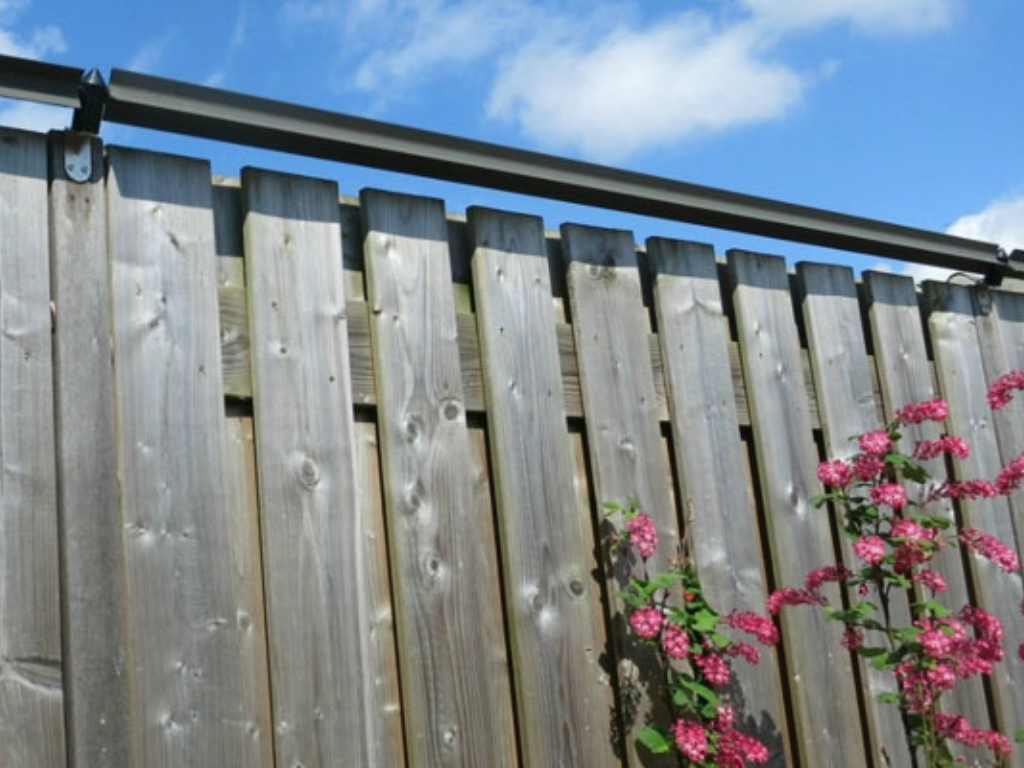
4. Snip ‘n’ chip: de-sex and microchip
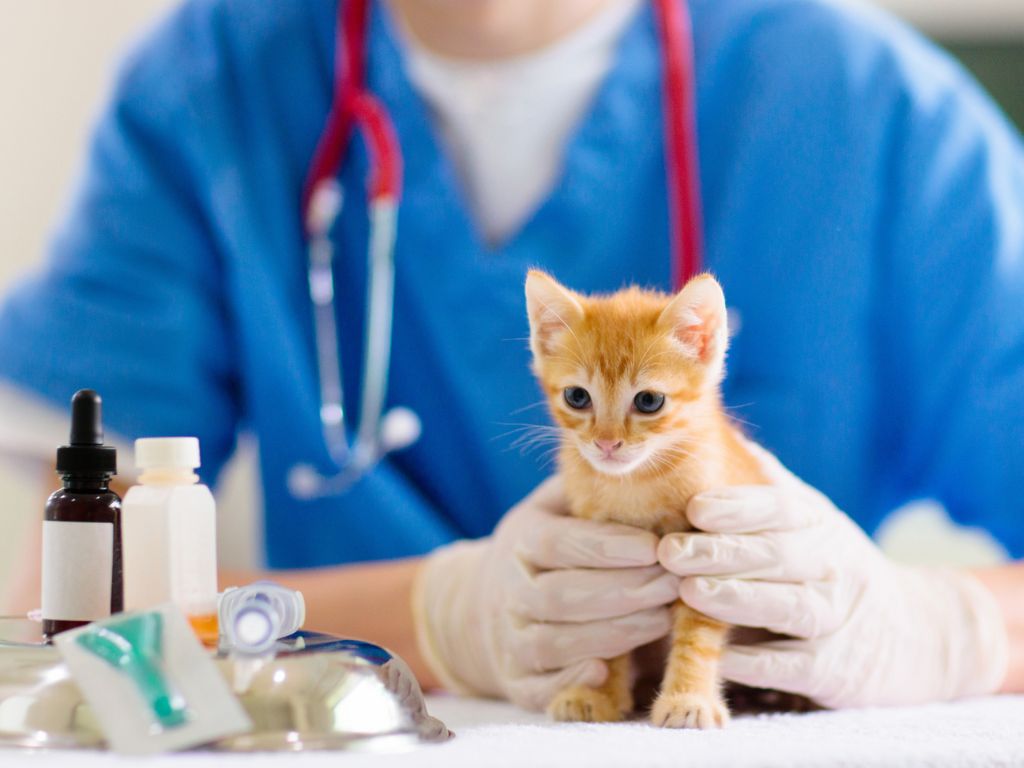
Desexing and microchipping can make a real difference to animal welfare in Aotearoa. By de-sexing your cat, you’re ensuring you don’t get any unwanted litters. Other benefits include reducing your cat’s likelihood to roam, meaning they’ll be safer, have an increased lifespan, and reduce scent marking by males.
While it’s not mandatory everywhere in Aotearoa New Zealand to microchip your cat, this is also a good idea and acts as an added layer of protection should your cat go missing.
5. Do the right thing with cat poo
Cat poo can carry an infectious parasite called toxoplasma gondii. This parasite can infect many animals, even humans, if ingested. Toxoplasmosis is a confirmed killer of Hector’s and Māui dolphins. The parasite’s eggs spread into the environment via cat poo and are nearly indestructible.
Rainwater and runoff wash the eggs into streams, rivers, and stormwater drains, as well as wastewater when cat poo has been flushed down the toilet. Toxoplasma eggs cannot be treated by standard wastewater treatment methods, so definitely dispose of cat poo in the rubbish bin, not the toilet!
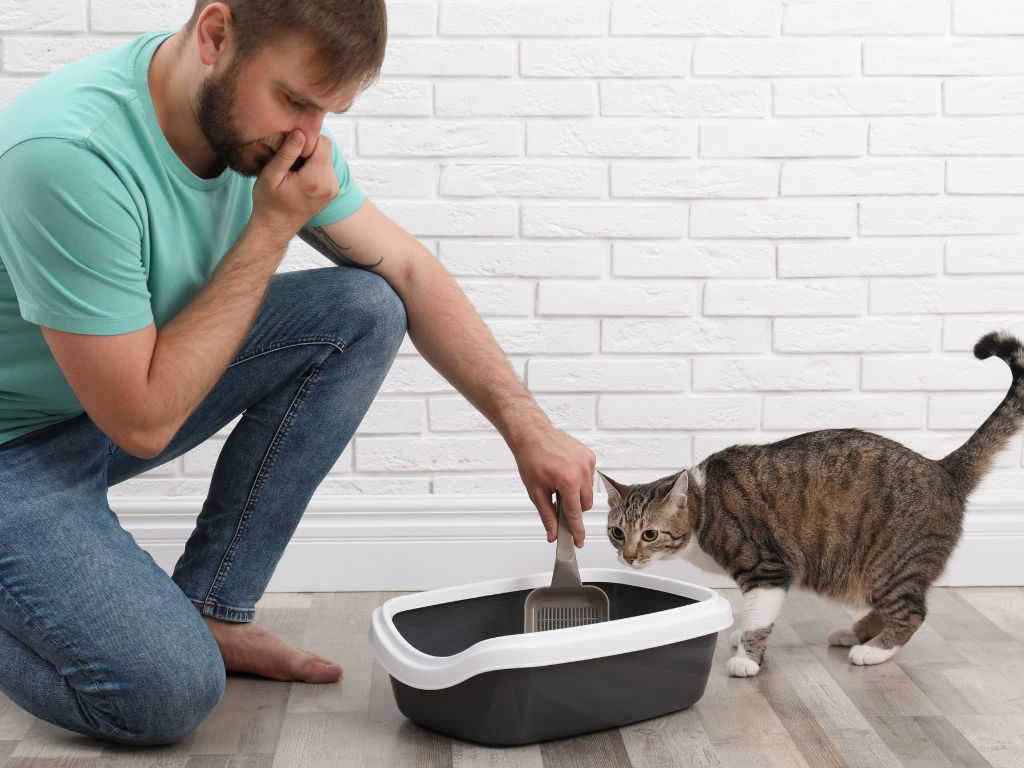
As cat owners, we hold a significant amount of responsibility to keep our pets safe and content while also working to minimise their impact. Keeping an indoor cat will always be the best way to protect wildlife, but there are other things you can do. By choosing one or more of these options, you’re also choosing to protect the future of Aotearoa New Zealand’s incredible biodiversity.

